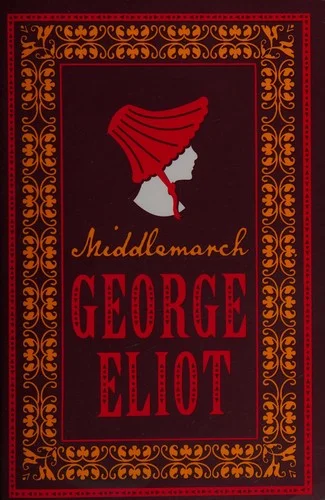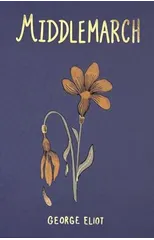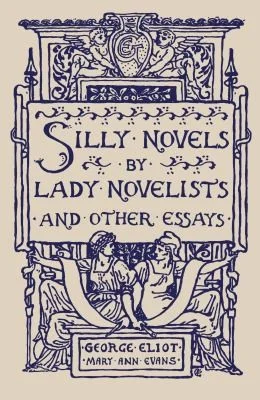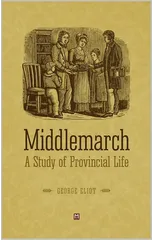The most ambitious narrative of nineteenth-century realism, Middlemarch tells the story of an entire town in the years leading up to the Reform Bill of 1832, a time when modern methods were starting to challenge old orthodoxies. Eliot's sophisticated and acute characterization gives rich expression to every nuance of feeling, and vividly brings to life the town's inhabitants – including the young idealist Dorothea Brooke, the dry scholar Casaubon, the young, passionate reformist doctor Lydgate, the flighty young beauty Rosamond and the old, secretive banker Bulstrode – as they move in counterpoint to each other. Art, religion, politics, society, science, human relationships in all their complexity, nothing is left unexamined under the narrator's microscope. One of the greatest novels written in the English language, Middlemarch is a literary landmark in its groundbreaking approach, as well as a priceless document of its age.
George Eliot
George Eliot was the pen name of Mary Ann Evans, a prominent Victorian-era novelist known for her insightful and complex characterizations. Her most notable works include "Middlemarch," considered one of the greatest novels in the English language, and "Silas Marner," a poignant tale of redemption and community. Eliot's literary style is characterized by its psychological depth, moral complexity, and social commentary. She was a pioneer in the realist tradition, exploring themes of morality, religion, and human relationships in her writing. Eliot's contributions to literature include challenging traditional gender roles and societal norms, as well as expanding the scope and depth of the novel as an art form. Her work continues to be celebrated for its profound insights into the human condition and its enduring relevance in contemporary society.












